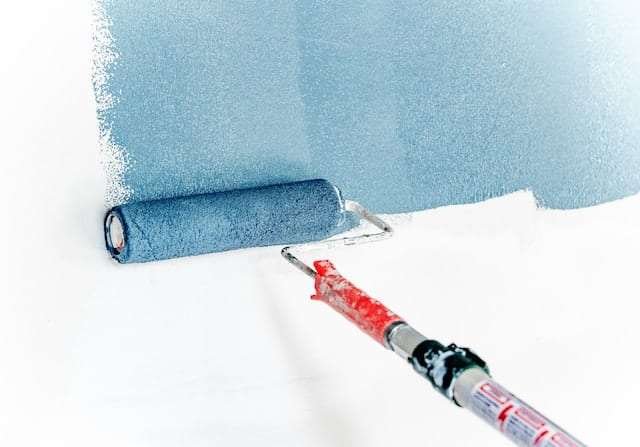Enamel paint is a popular paint used for decades in various applications. In other words, it’s been a staple in home improvement and artistic endeavours for decades, prized for its durability, versatility, and vibrant finish. So, let’s discuss all about enamel paint in detail.
What is Enamel Paint?
Enamel paint is a type of paint known for its hard, glossy finish. However, it gets its name from the smooth, glass-like surface it creates, resembling enamel. The primary components of enamel paint include pigment, solvent, and resin.
Pigments offer colour, solvents keep the paint liquid, and resins form a hard, protective coating when the enamels paint dries. Moreover, many types of enamels have varied applications.
Uses of Enamel Paint:
- Home Interiors: Achieve a sleek look on walls, cabinets, and trim.
- Furniture Makeover: Revitalise old furniture with a glossy and protective finish.
- Metal Surfaces: Provide rust resistance and shine on metal surfaces.
- Art and Craft: Favourite among artists for vibrant colours and glossy results.
- High-Traffic Areas: Ideal for spaces needing durability and easy cleaning.
- DIY Projects: Perfect for various creative endeavours.
- Kitchen and Bathrooms: Easy-to-clean surface suits these areas.
- Decorative Accents: Helps in adding a touch of elegance to decor items.
- Outdoor Items: Protect and beautify items like garden furniture.
- Industrial Use: Common in industrial applications for its toughness.
Benefits of Enamel paint for walls:
Known for durability
Enamel forms a tough, resilient surface that withstands wear and tear, ensuring longevity and protection against scratches and impacts.
Glossy Finish
The high-gloss sheen of enamel paints adds a touch of elegance to surfaces, enhancing their visual appeal and providing a smooth, polished appearance.
Easy to Clean
Enamel’s smooth surface makes it easy to clean, making it a practical choice for areas prone to dirt and stains. Simple wiping with a damp cloth can maintain its pristine look.
Colour Retention
The pigments in enamel paints resist fading over time, ensuring the vibrant colours remain true and vibrant, contributing to a lasting aesthetic impact on painted surfaces.
Common Mistakes to Avoid While Using Enamel Paint:
Skipping Primer
Applying enamel paint without a primer can compromise adhesion, leading to peeling or chipping over time. The reason is primer creates a proper base for the paint to adhere to.
Thick Coats
Applying overly thick coats of enamel may result in drips, uneven surfaces, and a longer drying time. It’s better to apply multiple thin coats for a smoother finish.
Inadequate Drying Time
Rushing the drying process between coats can negatively impact the finish. Follow the recommended drying times to allow each coat to set properly before applying the next.
Neglecting Surface Preparation
Failing to properly clean and prepare surfaces before painting can lead to poor adhesion and an uneven finish. Sanding and cleaning surfaces thoroughly ensure a smooth and lasting application of enamel paint.
The Bottom Line:
Enamel paint, with its remarkable durability, glossy finish, and versatility, is a favourite in painting and home improvement. Whether renovating your living space, refurbishing furniture, or indulging in creative projects, understanding the nuances of enamel ensures a smooth, vibrant, and enduring result.









